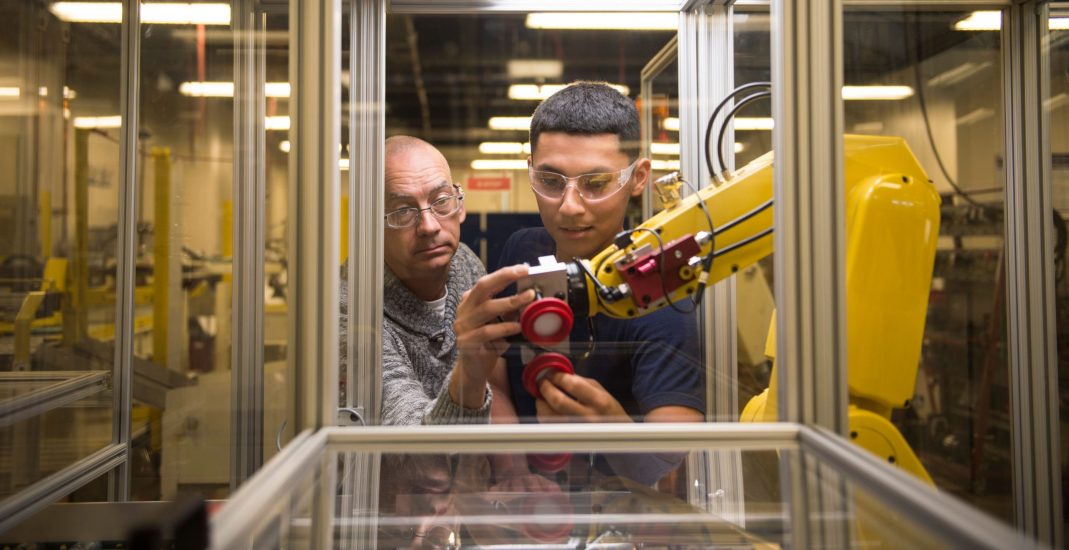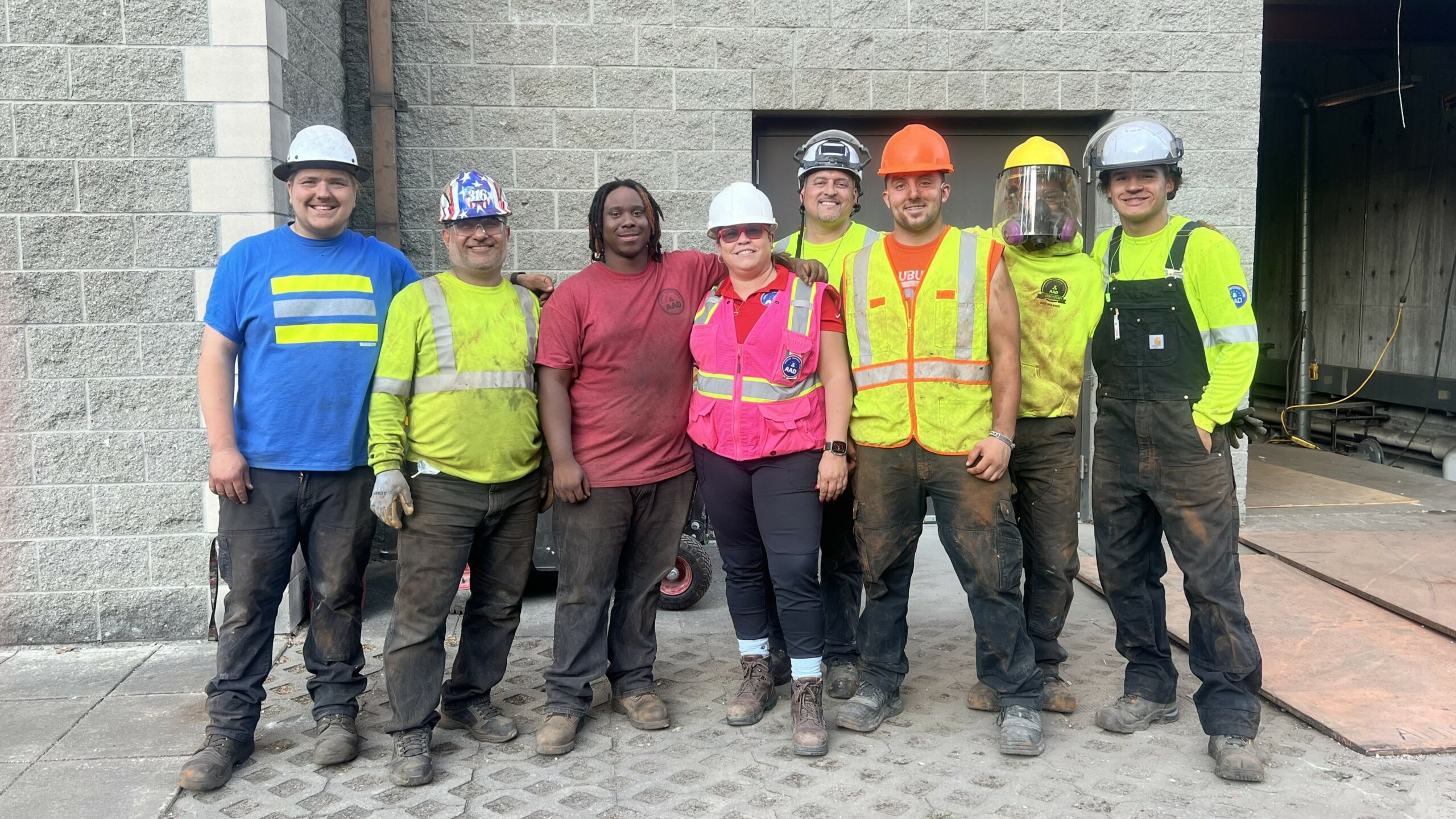“More than half of all the new workers joining the American labor force are Latinos and Latinas. So, it follows that our economy cannot be as competitive in the global economy without us having more opportunities to not only better educate Hispanic new generations, but to really put them in those fields where the national needs are greater,” says Antonio Flores, Ph.D., president and CEO, Hispanic Association of Colleges and Universities (HACU).
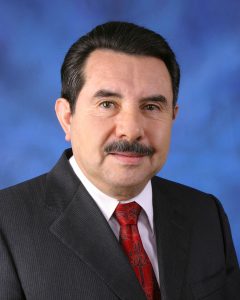
Flores says there are 569 Hispanic-Serving Institutions (HSIs) across the U.S. and Puerto Rico. For membership in HACU, “Hispanic-Serving Institutions are defined as colleges, universities, or systems/districts where total Hispanic enrollment constitutes a minimum of 25% of the total enrollment.”
HSIs are a microcosm of American diversity, says Flores. He notes, “HSIs are home to two-thirds of 3.8 million Hispanic college students across the country. But they also serve one of every four African Americans in college today and about 42% of all the Asian Americans in higher education today. We have a good number, about 15 to 20%, of non-Hispanic whites who are attending college.”
The pandemic has been hard on HSI students, according to Flores. Health issues and difficulty moving to online learning has had a deep impact. “We don’t yet have the data to assess. But my sense is that we’re going to see significant regression in educational attainment when the data are out there. We’ll see that those groups that were, to begin with, at the bottom of the educational ladder finding themselves farther down.”
Despite COVID-19, Flores expresses optimism about the pathways that institutions will provide going forward. “Community colleges tend to be more nimble. So, I can see that they will have a tremendous role in the years ahead to bring up the many millions of new workers that we need for all the jobs.”
‘We Never Lost Focus’

One HSI is the Alamo Colleges District, located in south central Texas. It consists of five community colleges with a student population of about 70,000.
Echoing the thoughts of HACU’s Flores is Luke Dowden, Ed.D., chief online learning officer and associate vice chancellor for academic success at Alamo Colleges District.
“We never lost focus in the pandemic of who we were trying to serve. The untold story about Alamo is that we continue to innovate. We pivoted to remote. Had the highest course completion rate in a 10-year span, highest course completion rate in the peak of the pandemic, right? Kept going and kept innovating.”
With a large number of students who are food- and housing-insecure, Dowden adds, “We’ve partnered with our local nonprofits. We have food pantries, clothing pantries, emergency loans, financial literacy training. You name it, it’s fully scaled at all five of our colleges. It’s essentially critical.”
‘It Only Takes One Generation’
“We’re making progress on getting our students out of poverty. With this educational opportunity, they can go to Alamo Colleges and change the lives of their family,” says George Railey, Jr. Ed.D., vice chancellor for academic success.
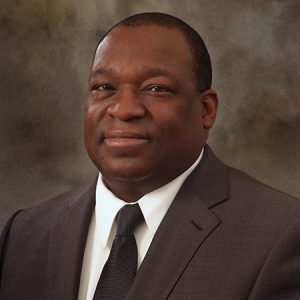
“But most importantly, it only takes one generation. One student, who is many times here in our organization, is the first one who finishes with a certificate, who finishes with a degree. That generation paves the way for the next generation.”
Railey speaks from experience. “I can tell you from someone who is the son of slaves, the son of sharecroppers, that’s what happened in my family. I was the first to graduate from high school, college, get a bachelor’s, get a Master’s, get a doctorate.”
“And now I look at my first cousins and they all have degrees. All of them. They’re nurses, they’re doctors, they’re architects.”
‘Data was Pointing Us in the Wrong Direction’
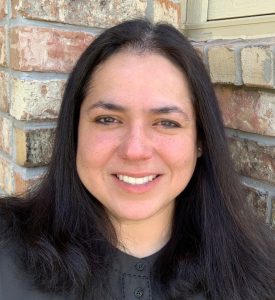
In 2014, Alamo Colleges District adopted the guided pathways approach. “Quite honestly, why we engaged was because our data was pointing us in the wrong direction. It was taking too long to complete a two-year degree. Our students weren’t as successful as they needed to be,” acknowledges Angela Guadian-Mendez, director of student completion.
“So, it really turned us inward on what do we need to do as a district with five colleges? How do we better provide supportive services to our students so they can be successful?”
“We shifted from not focusing on degree completion and then transferring. We shifted to students telling us and identifying their career goal, their end goal, and we need to provide a pathway to that career,” explains Guadian-Mendez. “We are now able to see our data, based on the last four years of implementing, we shaved off almost a complete year of time to degree completion.”
Data collected for fiscal year 2018 shows a high percentage—89.7%—of academic students transferring within six months of graduation to four-year universities, and 90.1% of technical students landing employment in the same timeframe.
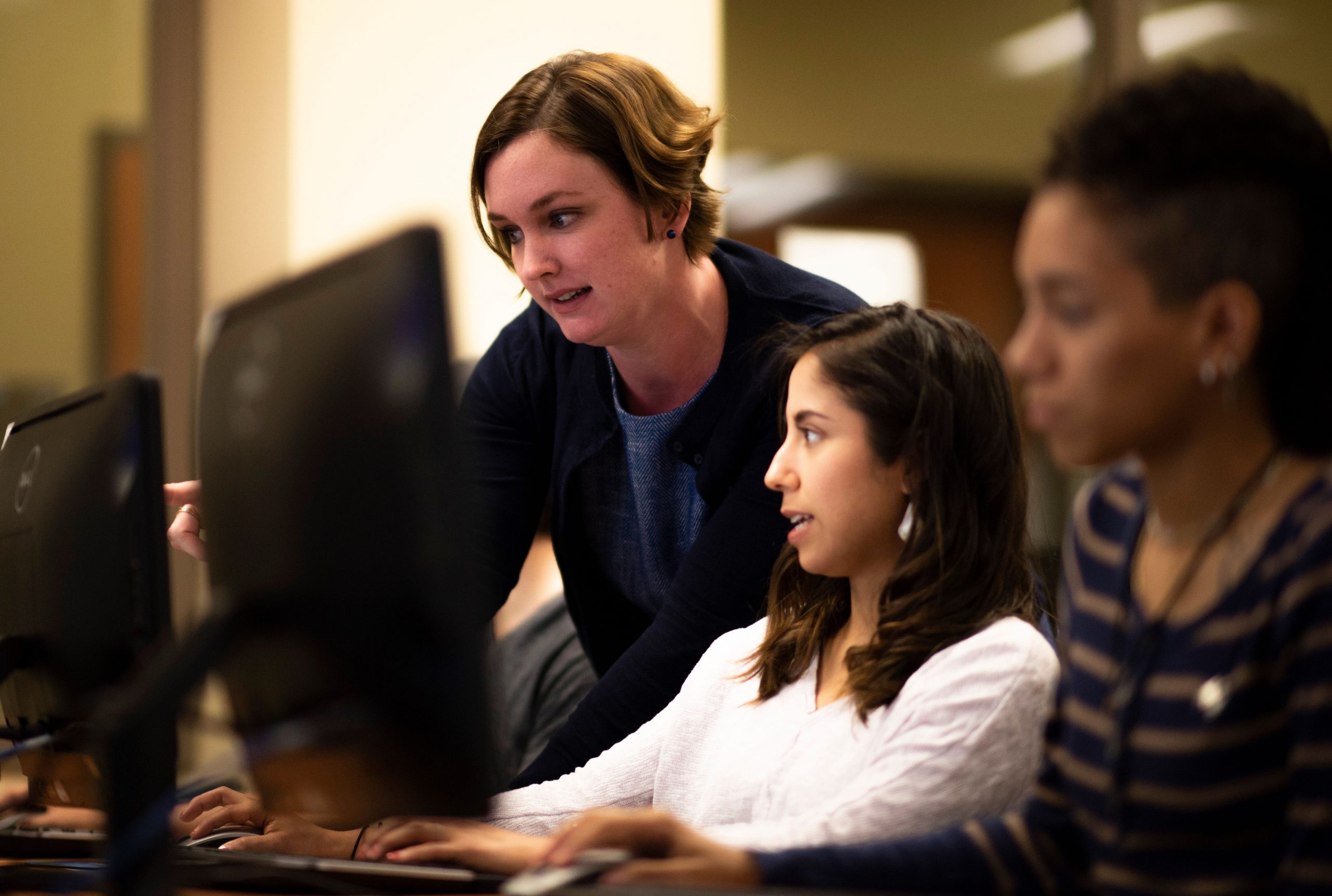
Opportunity for the Nontraditional Student
“What we’re really proud of is creating additional pathways for those students who are not on the traditional track coming out of high school,” says Guadian-Mendez. “We’re talking about your adult learners. We’re talking about students who are going back for a GED. You now have a pathway where you can see a straight alignment.”
“If you come in and you need to get into the workforce quickly, we can do that. We can provide you a credential, but we can also further your pathway along your career goals, right? So, if you want to get into nursing for administration, there’s a pathway for that.” She explains it’s important that students who want to continue to a four-year university receive transfer credit that’s degree-applicable.
Railey adds, “We have a transfer compact of 20 public and private universities. Listen, we’ve been working closely to ensure that that path is clear, fast for our students’ transfer, saves them money, saves them time, and they don’t lose the hours of credits that they’ve earned in the process.”
Importance of Experiential Learning
Learning at Alamo extends beyond the classroom, according to Railey. “We have a district-wide experiential learning initiative. We are heavily engaged hiring students to work at our colleges.”
“We have an office that helps place students out in our community to work with businesses to ensure that students have real life, experiential learning opportunities that hopefully align with what they’re pursuing in terms of their study. They know what it’s like to work a job. What it’s like to meet an employer. To learn what it’s like to be out there with an opportunity, perhaps, to get hired by a company once they’ve worked with that company for a while.”
Community Collaboration
Local stakeholders participate in the Pathways Advisory Council and offer input regarding the skills being sought by employers, explains Guadian-Mendez.
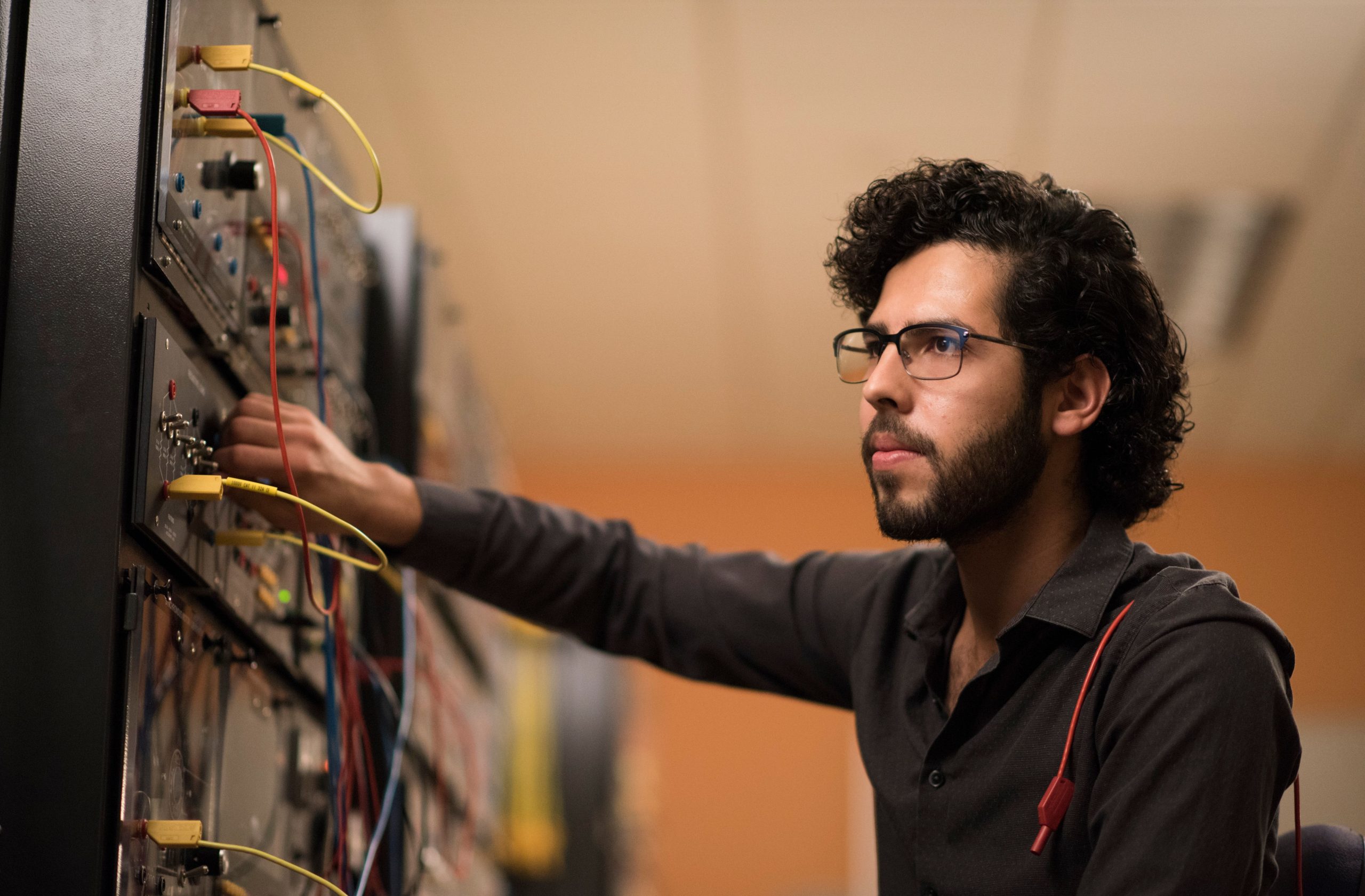
And Railey notes employers are indicating a hiring shift and dropping the requirement to have a degree. “I’ve sat in meetings and they’ve been quite frank. They say an industry-recognized certification trumps a degree every time. They need someone who really knows what they’re doing and has proven it by getting an industry-recognized certification, and they can take it from there.”

